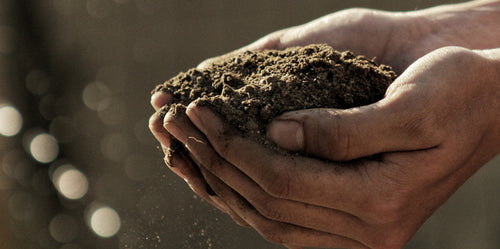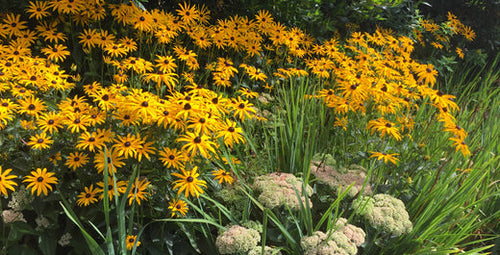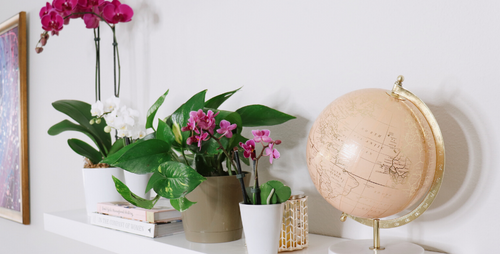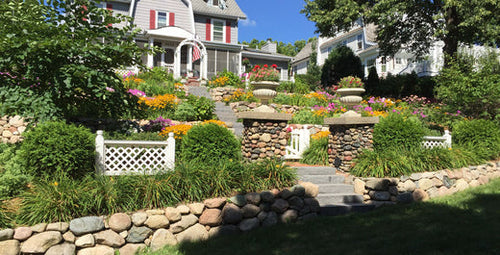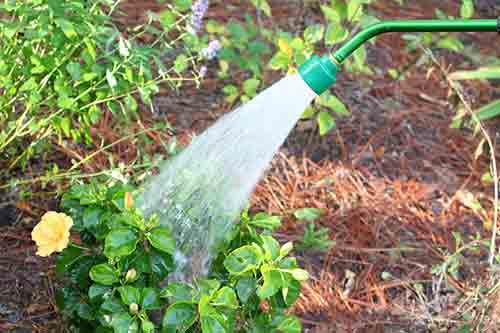Color in the garden is reviving and stimulating -- like a Souza march -- and, of course, I love that.
But sometimes, a little subtlety is just the right move. Green in the garden changes the tone, dialing down the volume to a gentle melody. Green is so often considered background color in the garden, but it has its own power.

GREEN ON GREEN
At left, green lattice is the stage for a mass of spring-flowering confederate jasmine (also called star jasmine).
Confederate jasmine’s talent is that you often pick up her sweet perfume in the air before you ever see her flowers.
And after the tiny white flowers have faded and disappeared, the glossy green almond-shape leaves look good all year round.

DRAW OUT COLOR
The silence and simplicity of green in the garden can be used to draw out or highlight the colors and forms of the landscape around it. It's a fantastic magic trick used by garden designers.
In this courtyard, the brickwork appears brighter, the terra-cotta planter feels richer, and the patina of an old wall becomes a beautiful asset -- all because the green around it helps it stand out.
Cast-iron plant sends up sword-shape leaves that form a spiky shrub, while Philodendron selloum's leaves create a shapely backdrop for a bench.

PAIR GREEN AND WHITE
Combine green's neutrality with white's spotlight to illuminate any corner.
At left, a green-washed fence serves as a perfect foil for a white-blooming oleander.
Oleander is at its best in spring and summer. Its blooms are a big loose ball of individual flowers, and its strappy leaves have a white line running from top to bottom that looks like a crisply ironed crease.
In southern climates, this beauty can grow outdoors all summer. It thrives in the ground in zones 9-10. In colder areas, use oleander as a container planting, and bring it indoors in winter. (Note: Oleander may be poisonous to pets and children.)
How do you use the power of green in your garden?
Written by Karen Weir-Jimerson












